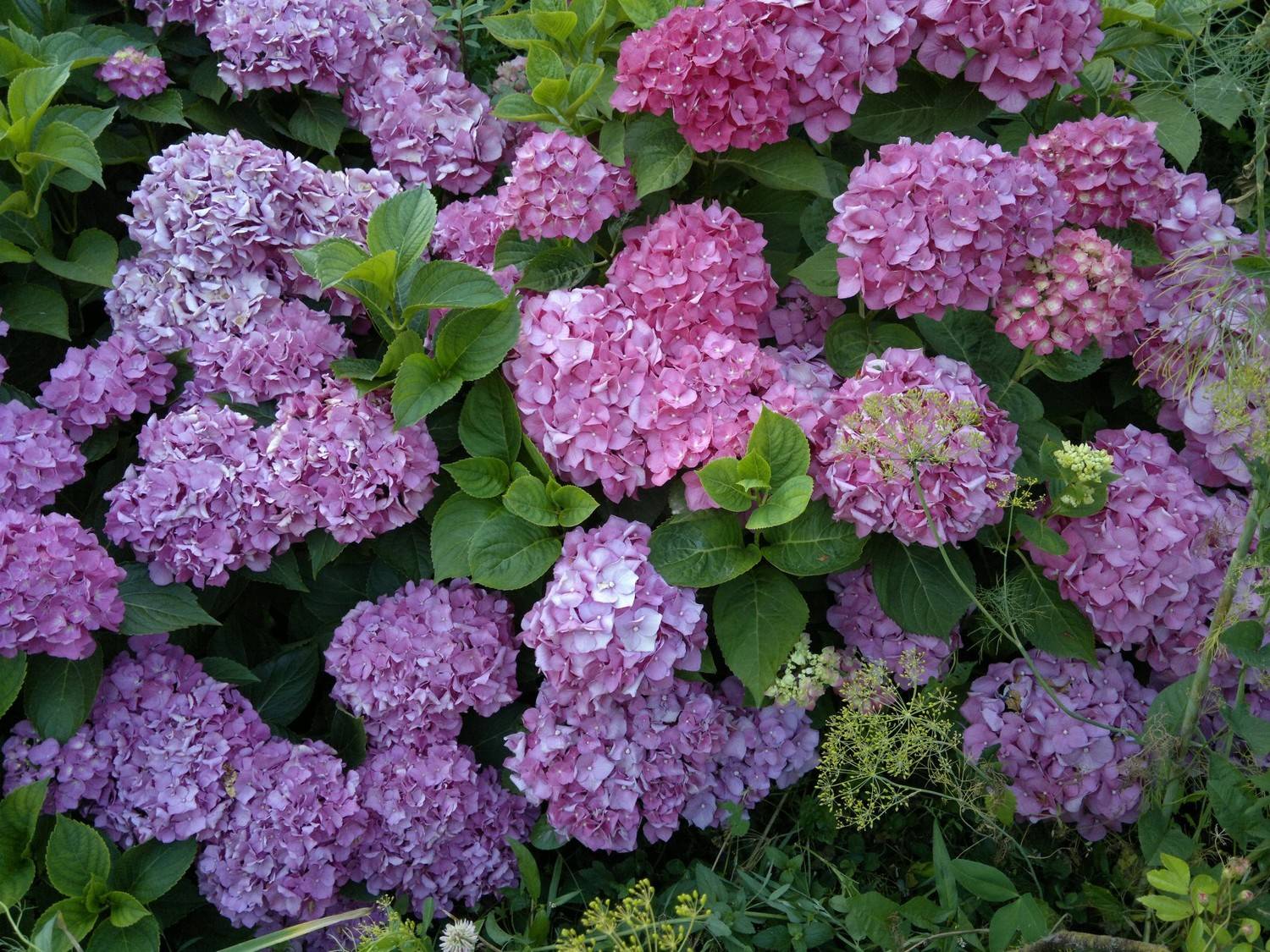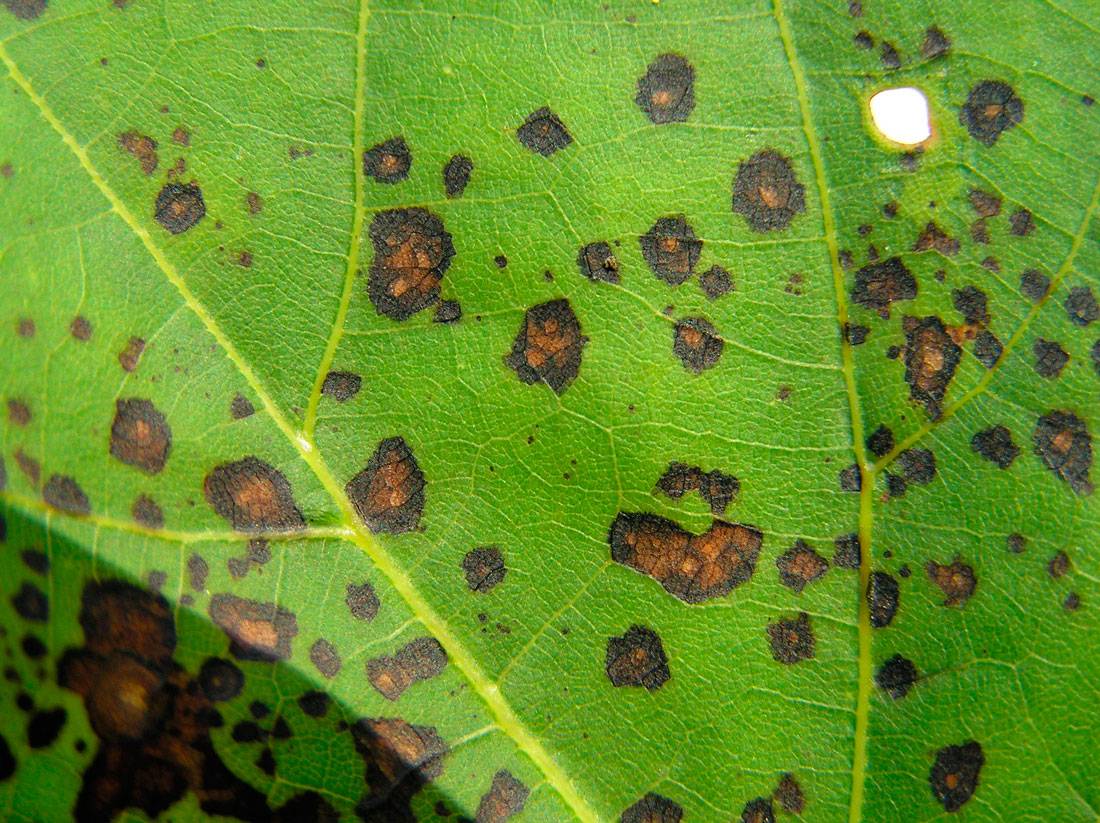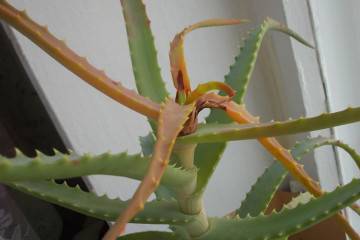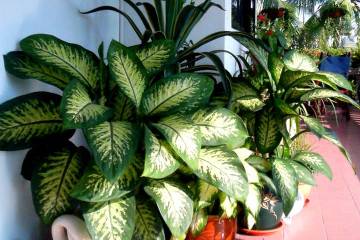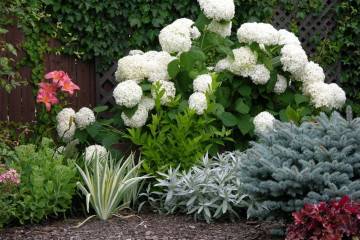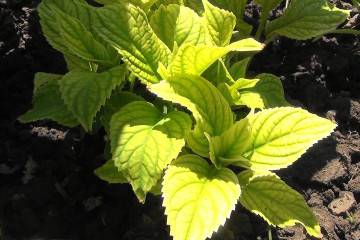Hydrangea diseases - turn yellow or black, leaves dry
Content:
When growing any flower crops, including hydrangeas, you often have to face such problems as diseases and pests. Most often, the reason for their appearance is improper care. Fortunately, if you spot a problem early enough, you can successfully fix it.
Diseases of hydrangea paniculata
Hydrangea diseases can be of various origins. Fungi, viruses and bacteria are the main factors that provoke their appearance. Treatment depends on what caused the occurrence. It is most difficult to pinpoint the disease as the symptoms are often similar.
Ring spot virus
The virus in hydrangea paniculata is the most common disease. The disease develops gradually and leads to leaf deformation. First, small brown spots with blurry edges appear on the leaves. They then dry out the foliage, which leads to subsequent deformation.
With annular spotting, the bush does not bloom or the bloom is very weak. Ring spot does not lend itself to treatment. The only condition to prevent disease is to choose the seedlings carefully.
White spot (septoria)
A characteristic sign of septoria is the appearance of dark spots on young and old leaves, up to 6 mm in diameter. Gradually, the leaves turn yellow and fall off. If you do not start to fight the cause of white spot, all the foliage will gradually fall off and the bush will die.
The fight against septoria includes radical methods. All damaged parts of the bush are cut off. The bush itself is sprayed with copper-based preparations. To prevent the foliage from drying out, the shrub is treated with copper oxychloride or copper sulfate.
Rust
The disease is accompanied by yellowing of the leaf on the upper and lower sides. A rusty coating appears on the buds. The reasons for the appearance of rust are neglect of plantings or oversaturation of the soil with nitrogen.
What to do if hydrangea leaves turn yellow:
- Dilute 40 g of copper chloroxide in 10 liters of water and spray the bush with the resulting solution.
- Apply drugs Topaz, Falcon or Ordan.
Gray and white rot
White and gray rot are some of the most common diseases in garden hydrangeas. The cause is a fungus that penetrates the soil, and then through the root system into the plant itself. In the case of white rot, white spots appear first on the leaves. Also, the foliage is covered with bloom, instead of which black blotches are then formed. But the most important sign is blackened shoots.
With gray rot, the leaves become watery. If there is prolonged rainy weather outside, a whitish fluff appears on them, like from mold.
How to treat a shrub from gray and white rot:
- In order to destroy the fungus, the bushes are sprayed with fungicides. Effective drugs Fundazol, Fitosporin, Hom. Two weeks after the first spraying, the procedure is repeated.
- If an indoor flower is sick, Pure Blossom and Speed are used for treatment. After the first treatment, a second spraying is carried out.
Gray and white rot respond well to treatment.
Iron chlorosis
Chlorosis can be determined by several signs. The foliage turns light yellow. The veins remain green. The buds are small and the leaves are deformed. The reason for the appearance of chlorosis is the lack of iron in the soil.
Curing chlorosis is easy enough. It is necessary to introduce easily assimilable iron into the soil, for example, Antichlorosis. The drug is diluted in water and applied as a root top dressing. After 15 days, repeat the procedure.
Instead of Antichlorosis, Farovit is also suitable. Or you can take 2 g of ferrous sulfate and a small amount of lemon juice, dilute them in 1 liter of water. Spray the foliage with the solution.
Why do hydrangea leaves turn yellow and wither
If the leaves begin to dry out and turn yellow, it is not always the cause of any disease. Very often, problems arise from improperly organized care.
Incorrect containment conditions
Poor care, as well as violations of the conditions for keeping a flower, often become the causes of the appearance of pests and diseases. This applies primarily to home hydrangeas.
What you should pay attention to when growing hydrangeas at home:
- watering;
- mineral and organic feeding;
- choosing a place for a pot;
- lighting.
Indoor hydrangea belongs to unpretentious plants, so it will not be difficult to follow all the recommendations for its cultivation.
Excess moisture
One of the main reasons why hydrangea leaves turn yellow is an excess of moisture in the soil. Water the bush as needed with warm water in the morning or afternoon.
Frequent drafts
Drafts do not have the best effect on the health of indoor hydrangea, especially in the evenings, when the temperature in the room is already dropping. Worst of all, if the flower will stand in a draft after watering.
Lack of minerals
The reason why the edges of the leaves of the hydrangea dry out is a lack of nutrients in the soil. This applies to both indoor plants and those bushes that grow outdoors. The main minerals that the shrub needs are nitrogen, phosphorus and potassium. If the hydrangea leaves turn black and dry, then the bush does not have enough potassium.
The bush can start to get sick with chlorosis if there is not enough acid in the soil. In this case, the soil can be watered with lemon juice diluted in water, or copper sulfate (5 g of vitriol per 5 liters of water).
Abundant flowering
Oddly enough, the leaves of the plant can dry out due to the abundant flowering. This is due to the fact that the formation of inflorescences requires a large amount of nutrients. During flowering, all the valuable components are spent on this. At the same time, the bush itself lacks fertilizer, which is why the green leaves turn yellow. This problem most often occurs in June, when the buds are just beginning to form.
Diseases of large-leaved hydrangea
Like a tree hydrangea, the large-leaved one also often suffers from diseases. There can be many reasons why hydrangea leaves dry at the edges. Often, diseases appear due to insects, such as ticks. The main thing is to notice them in time and start treatment.
Powdery mildew damage
Powdery mildew can appear due to frequent application of nitrogenous fertilizers and insufficient watering. Most often, it affects young plants. A spider-like white bloom appears on the leaves.Then the foliage begins to wither and fall off.
If no treatment is attempted, the bush will throw off all the leaves, and the young shoots will begin to shrivel. The bush will not survive the winter.
How to reanimate a hydrangea:
- Cut off and burn all diseased parts of the plant.
- Treat with Fitosporin-B or Topaz preparations.
Traditional methods help to cope with powdery mildew. Dissolve 2 tbsp in 4 liters of warm water. l. baking soda and add 2 tsp. liquid soap. Mix the solution thoroughly and spray on the bush. Processing is carried out in courses with a break of a week. To eliminate the disease, 5-6 treatments will be enough.
Fungicides can only be used once a year. Frequent treatment with drugs of this group leads to the fact that the fungus develops immunity and it is already more difficult to cure it.
Ring spot
Ring spot is characterized by the fact that small spots in the form of rings appear on the foliage, up to 2 cm in diameter. Their edges are vague. Over time, the leaves may turn yellow and fall off. Due to the annular spotting, very few buds are formed. The shrub practically does not bloom.
Unfortunately, this disease does not respond to treatment. A sick bush will have to be dug up and burned. The only way to prevent ring spotting is to be as careful as possible when choosing a seedling.
Ascochitous spot
Ascochitous spotting is characterized by the formation of red or brown spots on the leaves, and the tip of the leaf turns yellow. The shape of the spots is usually indefinite.
Treatment of ascochitis depends on at what stage of hydrangea growth it manifested itself. If the first signs are found before the leaves bloom, the shrub is treated with Bordeaux liquid. But before that, the affected parts are cut off and burned.
Fighting hydrangea diseases and their timely treatment is an integral part of floriculture. Proper care, regular fertilization and careful selection of seedlings - all this needs to be given maximum attention so that you do not have to treat the hydrangea later.



